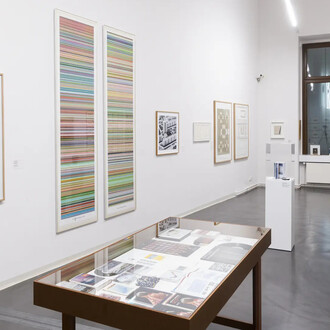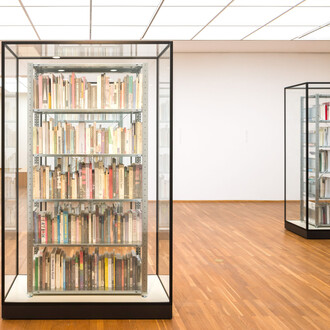Five hundred years ago, something unbelievable happened: Peasants rebelled against the nobility and the ruling order. This “revolution of the common man” was brutally suppressed by the authorities – and yet it was the beginning of a transformation that would lead to a modern world.
When peasants chanted Luther’s refrain asserting the “freedom of a Christian man,” they were demanding the abolition of serfdom and freedom from unjust tax burdens and reprisals. However, the slogan actually refers to salvation, which can only be achieved through faith. Luther did not have liberation from earthly hardships in mind, and he ultimately took a stand against the peasants.
The call for spiritual and secular freedom also reverberated in the works of artists – and was widely disseminated, especially in printed images. The medium of printmaking was an important means by which the new religious and political ideas reached the people and had an impact. With often subtle pictorial wit, artists posed the pressing questions of their era: Do we have free will? What is sin? What gives us salvation? Can our reason control our bodily desires? And how can we find our bearings in a world in turmoil?
Masterworks from the holdings of the Graphische Sammlung by Albrecht Dürer, Lucas Cranach the Elder and the Beham brothers, among others, show us that the struggle for freedom and justice is timeless and must be renegotiated again and again.
Credit: Petrarcameister: Vom Haß des Volkes (aus: Petrarca, Von der Artzney bayder Glück), 1520/1532, Staatsgalerie Stuttgart, Graphische Sammlung.
















